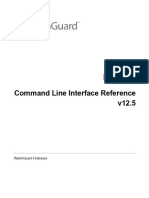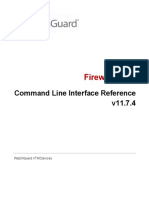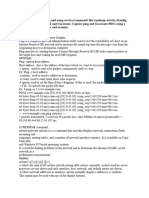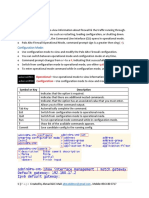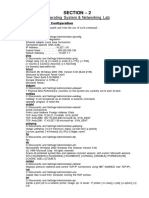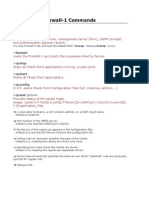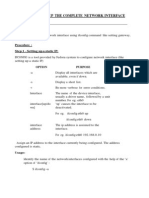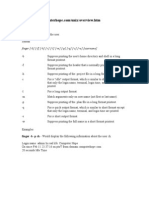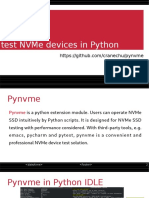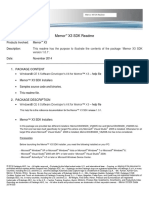0% found this document useful (0 votes)
48 views11 pagesManaging The FirePass Windows Client With Command
The document provides instructions for managing the F5 FirePass Windows client using command-line interface commands, detailing the syntax and functions of commands such as -start, -stop, -info, and -profile. It explains the two modes of operation (blocked and non-blocked), the required parameters for each command, and the process exit codes for various operations. Additionally, it includes examples for starting and stopping sessions, retrieving information about sessions and favorites, and accessing help for commands.
Uploaded by
other.yeungCopyright
© © All Rights Reserved
We take content rights seriously. If you suspect this is your content, claim it here.
Available Formats
Download as DOC, PDF, TXT or read online on Scribd
0% found this document useful (0 votes)
48 views11 pagesManaging The FirePass Windows Client With Command
The document provides instructions for managing the F5 FirePass Windows client using command-line interface commands, detailing the syntax and functions of commands such as -start, -stop, -info, and -profile. It explains the two modes of operation (blocked and non-blocked), the required parameters for each command, and the process exit codes for various operations. Additionally, it includes examples for starting and stopping sessions, retrieving information about sessions and favorites, and accessing help for commands.
Uploaded by
other.yeungCopyright
© © All Rights Reserved
We take content rights seriously. If you suspect this is your content, claim it here.
Available Formats
Download as DOC, PDF, TXT or read online on Scribd
/ 11






